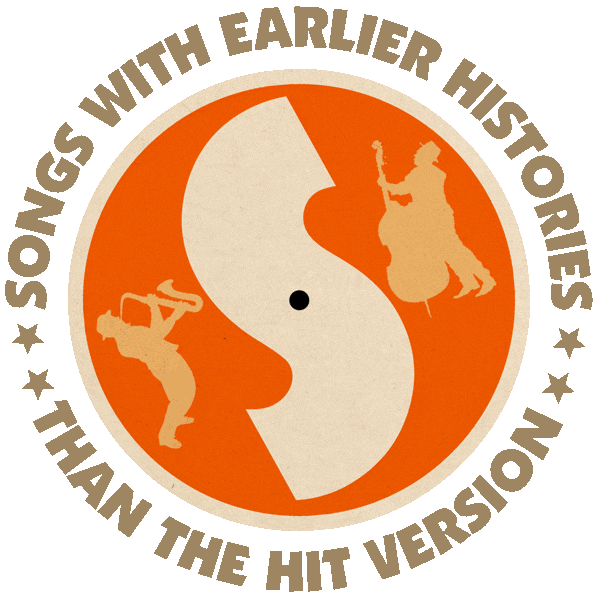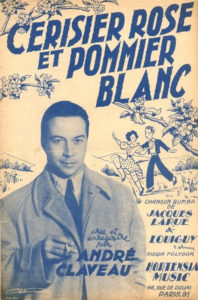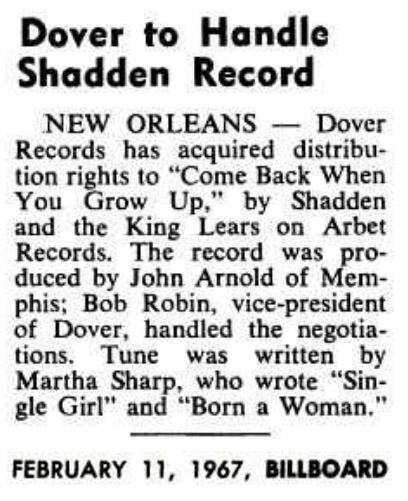Written and first released by Kim Carnes (MOR #35 1975).
Other hit version by Gene Cotton & Kim Carnes (US #36/MOR #6/C&W #78 1978).
From the wiki: “‘You’re a Part of Me’ was written by singer-songwriter Kim Carnes, and was first recorded by her, and produced by Mentor Williams, in 1975 for her second album, Kim Carnes, (an album which also held one of the four arrangements by different artists of ‘Somewhere in the Night‘ that appeared almost simultaneously in 1975). Released as a promotional single, it peaked at #35 of the Adult Contemporary singles chart but did not appear on Billboard‘s Hot 100.
“Three years later, in 1978,’You’re a Part of Me’ received wider popularity – this time as a duet performance between Carnes and another singer-songwriter, Gene Cotton (‘Let Your Love Flow‘). This arrangement did chart on the Hot 100, peaking at #36, scoring Top-10 success on the Adult Contemporary chart, and crossing-over to the Hot Country singles chart. This duet arrangement would be released on Cotton’s 1978 album, Save the Dancer.”
Gene Cotton & Kim Carnes, “You’re a Part of Me” (1978):



